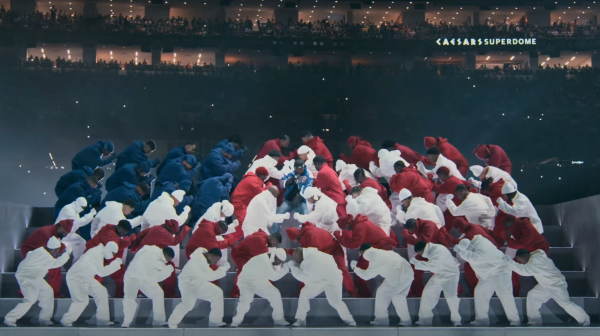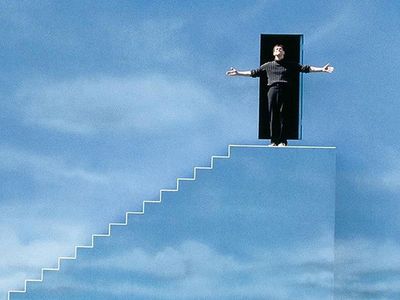Students and Teachers Report Benefits of Tiny Classes
The two-person Latin IV class took a field trip to a Greek restaurant in Northampton last year. Since there were only two people, there was more freedom to go on field trips and other excursions.
Imagine taking a class with only you, the teacher, and only one other student. Williston administrators question if it is worthwhile to offer such small classes, but teachers and students say it is a unique and valuable experience.
Nine classes at Williston have only three students. Thirty-two classes have fewer than six. Language classes often have low enrollment, as well as the Williston Scholars courses. On the other end, the largest class, honors physics, is twenty-one students.
Greg Tuleja, academic dean, said the school watches the enrollment levels for the classes, and then decides if there is enough demand to continue with the class. The academic office will sometimes drop elective classes, but never drop a yearlong course or AP course, like a math or language.
These low-enrollment classes offer a different dynamic and both Williston teachers and students emphasize the value of the personalized attention found in that setting.
Mia Smith teaches Honors Discrete Math for three students. “I feel less like a teacher and more like a mentor,” she said. “It feels like I am guiding a discussion or guiding people through a discovery of the proof.”
Some colleges, especially in the United Kingdom, offer tutorials, classes with just a professor and one or two other students. Oxford University says that tutorials develop the student’s ability to think for themselves.
Beatrice Cody, head of the language department and Latin teacher, said students have to be constantly engaged in these classes. “The dynamics of a smaller class are different from those of a bigger class,” she said. “There’s no way for students to hide, space out or get off task.” Ms. Cody currently teaches AP Latin, with two students. Last year, she also had two students in Latin IV.
Kevin O’Sullivan ’18 has been in the two-person Latin class for the past two years. “It can be a lot of work during class because there’s so few of us,” he said. However, the difficulty comes with a reward. “I learn a lot more than I do in my other classes because the teacher has more time to focus on me,” said O’Sullivan.
“It requires you to be really mentally on,” said Ms. Smith, referring to the experience of her math students. “On the other hand, if you are really mentally on you can get so much out of it.”
Another benefit of small classes is freedom. Ms. Smith said that in her math class she is able to adjust the curriculum and the pace to fit the needs and interests of the students. “Having that freedom to take anything people are excited about, and just keep running with it is something that can be a lot harder in a big class,” she said.
Senior Molly Zawacki currently takes Honors Discrete Math and AP Computer Science with very few classmates. She likes the freedom of the small classes and the focus on individual needs. However, the class discussions pose a challenge. “With so few people there not very many different voices and mindsets to work with,” she said.
Ms. Cody believes classes should be offered even with low demand. She said, “I think it’s absolutely worthwhile to offer a class if only two students take it. It pains me to imagine preventing students from learning a subject just because in a particular calendar year there aren’t that many of them.”
Ms. Smith agrees, and thinks that every student should have the opportunity to be in a really small class. “It is such a different way of engaging and learning the material,” she said. “We should try to make that an opportunity, but not try to shift towards it.”
Sophia is a six-year senior from Northampton, MA. She likes to play lacrosse and talk to her sister in a funny voice.










